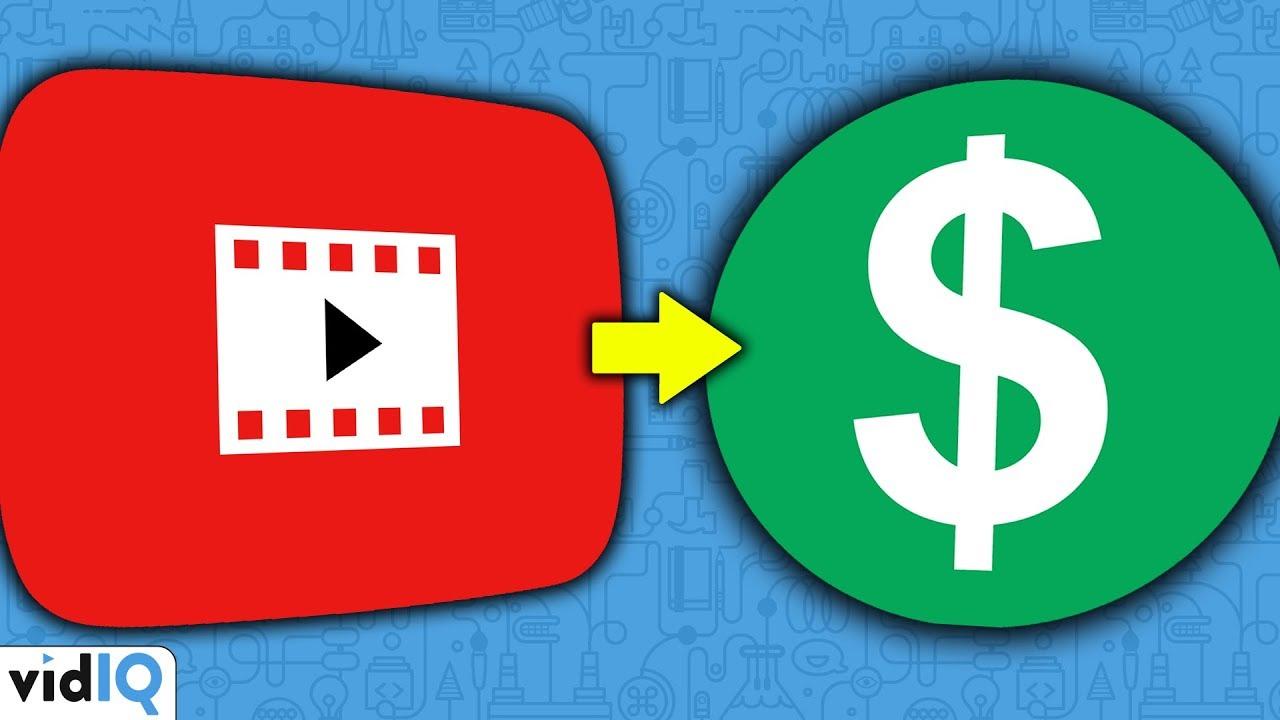Hey there, content creators and YouTube enthusiasts! Ever wondered what happens when you take a bite-sized 3-minute video and toss it over to both the YouTube Shorts arena and the long-form video scene? Well, buckle up because I’ve got the scoop for you! In this article, I’m diving into an intriguing experiment I conducted: uploading the same 2 minute and 59-second video in two distinct formats. Yup, both clips share the same audio and core content, but the way they’re served up on YouTube is about as different as night and day.
Picture this: you’re scrolling through endless videos on your phone, and with just a flick, you can jump from one short clip to the next. On the flip side, with long-form content, you’ve got to make a deliberate choice to keep watching. So, it begs the question—does that easy swiping lead to shorter attention spans? Spoiler alert: not quite! Surprisingly, the average view duration for the Short came out to be a couple of seconds longer than its longer counterpart. Mind-blowing, right?
But here’s where the story gets twisty. There’s a whole buffet of traffic source metrics at play, and certain hidden challenges lurk in the shadows of external views. It’s a wild ride filled with unexpected revelations about viewer behavior, search rankings, and, of course, the dollars and cents of ad revenue. Did I mention revenue streams? The vast difference in how both formats generate income is another juicy tidbit we’ll unpack.
So, whether you’re a seasoned creator or just dipping your toes into the dizzying world of YouTube, grab your favorite snack and join me as we sift through this data together. Trust me; you’ll want to stick around for the insights that could potentially shift how you approach your next upload!
Understanding the Dynamics of 3 Minute Videos on YouTube

When you dive into the world of YouTube videos, especially those three-minute gems, the dynamics can get pretty fascinating. For instance, I recently uploaded an identical video, both as a YouTube short and in long form. It’s like watching the same movie with two different directors—similar script, but the storytelling and pacing could not be more different. While one requires you to hunt for the next thing to watch, the other effortlessly flicks to the next clip. Surprisingly, despite the assumption that shorts would have a lapse in viewer retention due to this easy navigation, the figures tell a different story. In this case, the average view duration of the short even outperformed its long-form sibling! How often do we get that twist of fate in the digital world?
But let’s not get too lost in the thrill of those metrics. The real kicker comes from the traffic sources. For the long-form video, external views negatively impacted its performance—a classic case of “too many cooks spoil the broth.” Even though its average view duration appeared better it quickly stagnated. Meanwhile, the short had a glorious moment of visibility, pulling in attention like a magnet. What’s the takeaway here? It’s not just about the length of your content; it’s how it’s positioned and discovered that really counts. Could there be a future where the demand for shorter, snappier content continues to soar as creators adapt to these insights? The answer might just shape the next wave of content creation!
How Video Format Influences Viewer Engagement and Metrics

When it comes to video content, the format you choose can have a huge impact on how viewers engage with your material. Let’s take the example of a three-minute video uploaded both as a YouTube short and as a long-form piece. Even though they share the same core content, the way viewers interact with these formats is drastically different. For long-form videos, there’s a bit of friction involved; you have to click to find another video after watching one. In contrast, with shorts, it’s as simple as flicking your finger to scroll to the next clip. This minimal effort required for shorts often leads to a greater average view duration—sometimes even surprising results, like a short pulling in more watch time than its long counterpart. How wild is that?
Now, why does this happen? Well, it boils down to where the views are coming from. In the case of our three-minute video, we noticed some significant differences in average view duration across traffic sources. Long-form videos hold their own with strong view durations from most sources, but they struggle a bit when external views drag down their averages. Meanwhile, shorts manage to thrive, particularly in YouTube search rankings, where being at the top can make a world of difference. The shorts shelf is still relatively young, so there’s untapped potential there. Creators can capitalize on this demand by producing engaging shorts, even if the revenue per view is lower compared to longer formats. In a nutshell, the format you choose leads to shifts in viewer behavior and engagement that could ultimately shape your content strategy!
Maximizing Revenue Potential: The Long Form vs. Short Dilemma

When it comes to delivering content on YouTube, the age-old question of long form versus short form is more relevant than ever, especially given recent shifts in viewing habits. Here’s the twist: I uploaded a 3-minute video as both a YouTube Short and a traditional long form piece on the same channel. You might think that with the accessibility of Shorts—where users can simply swipe to the next video—the average view duration would take a hit compared to long form content. Surprisingly, in this case, the Short’s average view duration is actually a couple of seconds longer than its long form counterpart! It’s almost counterintuitive, right? What’s fueling this phenomenon? Well, diving into the traffic sources reveals that despite external traffic pulling down numbers for the long video, Shorts thrive primarily from organic YouTube views, and they seem to be capturing attention faster.
The crux of the matter isn’t just viewer retention; it’s all about revenue generation. Although the Short may be stealing the spotlight with more views and higher watch times, the long form video is raking in almost 20 times more revenue. Why? It all boils down to those sweet mid-roll ads! Longer videos can casually slip in ads at strategic points, while Shorts remain stuck in a multi-video revenue sharing scheme that just doesn’t pack the same punch. So, if you’re a creator trying to juggle between discovery and monetization, think about how they can coexist. Shorts might elevate your visibility and build your subscriber base, but when it comes to actual earnings, long form content still holds an undeniable edge. Balancing these two worlds is key, and like any good relationship, it takes a bit of tweaking to find what works for you.
Tapping into Trends: Leverage YouTube Shorts for Growth

So here’s the deal: when I ran a little experiment by uploading the same three-minute video as both a YouTube short and a long-form piece, the results were eye-opening! You’d think that swipe-fast culture of Shorts would mean lower engagement, right? Nope! The average view duration on the short actually surpassed the long-form video by a couple of seconds. Isn’t that wild? 🎉 But, if we dig deeper, the external traffic dragging down the long video’s numbers puts a damper on those bragging rights. It’s like throwing a party in your backyard, but your friends show up late after hitting a different party first. The Shorts, however, thrive on that instant dopamine fix; viewers can jump from video to video without the hassle, leading to way more watch time where it counts.
Now, let’s talk strategy. Many creators have been crafting long-form content for ages, but the gold rush of YouTube Shorts is just getting started. With around 70 billion views a day, not leveraging the short format is like leaving money on the table. Meanwhile, it’s crucial to note that while Shorts can pull in views and subscribers, they often lag when it comes to revenue compared to longer videos. Imagine a popular food truck that sells quick bites versus a sit-down restaurant—you get more foot traffic at the truck, but the restaurant can rack up a bigger bill! So, the takeaway? If you want to make a splash and grow your channel, don’t overlook Shorts; just keep an eye on that revenue potential. Balancing the two can lead to some pretty tasty results!
Future Outlook
And there you have it! If this deep dive into the world of YouTube shorts and long-form videos has done anything, it’s probably left you scratching your head a bit—or maybe even cheering for your own creative instincts. It turns out that when it comes to platform dynamics, all strategies aren’t created equal. Who knew that a seemingly simple experiment with two identical 3-minute videos could reveal such a treasure trove of insights? It’s wild to think how the variations of video format can truly impact engagement, discoverability, and yes—revenue.
So, whether you’re a seasoned creator or just starting out, this experiment highlights a crucial lesson: there’s no one-size-fits-all approach in the realm of content creation. As you ponder your next upload, remember to weigh your options. Are you going for those viral-short sensations, or are you leaning towards the classic deep dive that can make your content resonate on a more substantial level?
With the heel-to-toe dance between views and dollars, it’s vital to find that sweet spot that feels right for you. As always, keep experimenting, keep learning, and who knows—you might just stumble upon your own eureka moment. Thanks for hanging out with us today, and don’t forget to drop your thoughts in the comments below! What’s your experience with shorts versus long-form videos? We’d love to hear your stories! Until next time, keep creating and stay awesome. 🌟



